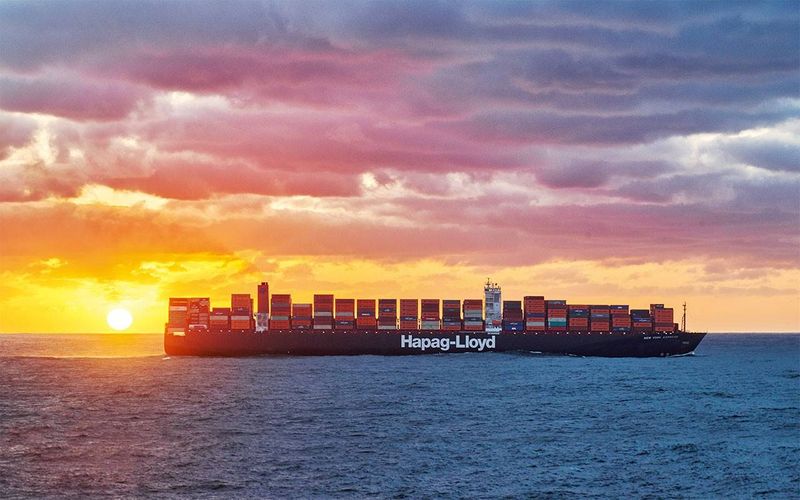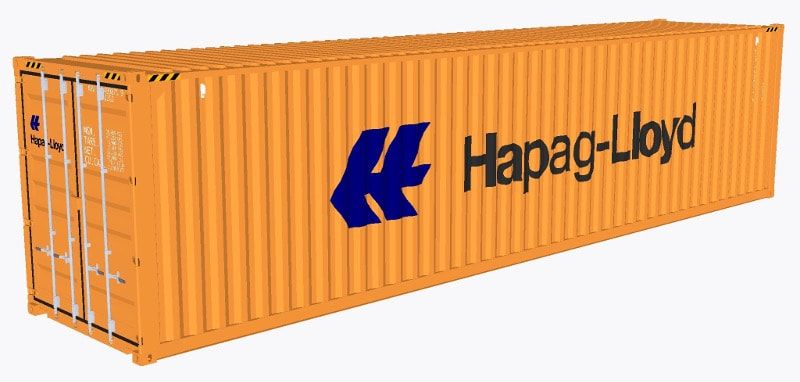Hapag-Lloyd Bill of Lading Tracking
Track your Hapag-Lloyd bill of lading easily
Are you sure to clear all of your tracking history?

Hapag-Lloyd Bill of Lading Tracking
The bill of lading is a document and evidence of delivery of the cargo to the shipping line. After delivery of the full loaded containers to Hapag-Lloyd shipping line, the shipping company will issue the bill of lading based on a procedure. Having this bill of lading (BL) number, you can easily track your cargo via Hapag-Lloyd bill of lading tracking on Visiwise.
About Hapag-Lloyd
Hapag-Lloyd AG is a German-based transportation company. It is composed of a cargo container shipping line, Hapag-Lloyd AG. The world's fifth largest container carrier in terms of vessel capacity.
The company was formed in 1970 by the merger of two German transportation/maritime companies, Hamburg America Line (HAPAG), which dated from 1847, and Norddeutscher Lloyd (NDL) or North German Lloyd (NGL), which was formed in 1856.
Hapag-Lloyd offers a fleet with a total capacity of 1.6 Million TEU, as well as a container stock of more than 2.5 million TEU including one of the world’s largest and most modern reefer container fleets. A total of 118 liner services worldwide ensure fast and reliable connections between more than 600 ports on all the continents.
Some important events in the company's history include Hapag-Lloyd's acquisition of CP Ships in 2005 as well as Hapag-Lloyd's merger with CSAV in 2014 and United Arab Shipping Company in 2017.
| Founded | 1970 |
| Employees | Around 12,000 worldwide |
| Vessels | 222 modern vessels |
| Containers shipped per year | 9.8 million TEU |
| Website | www.hapag-lloyd.com |


FAQ
What is bill of lading tracking?
bill of lading tracking refers to the process of monitoring and tracing the movement of shipping containers from their origin to their destination. It involves the use of technologies such as GPS, RFID, and data communication networks to provide real-time or near real-time visibility into the location and status of containers.
Why is bill of lading tracking important?
Generally, bill of lading tracking offers a range of benefits, including enhanced supply chain visibility, improved operational efficiency, timely delivery, risk management, customer service, and compliance. It empowers businesses with the necessary information to optimize their logistics processes, make informed decisions, and ensure the smooth and secure movement of goods throughout the supply chain.
Who uses tracking tools?
Various stakeholders use bill of lading tracking tools, including shippers, consignees, freight forwarders, logistics providers, and customs authorities. These tools enable them to track and monitor containers throughout the supply chain.
How can users find Hapag-Lloyd tracking numbers?
To find a Hapag-Lloyd tracking number, users typically receive it from the shipping company or logistics provider when they book their shipment. It is usually a unique alphanumeric code assigned to each container. Users can also find the tracking number on shipping documents, invoices, or through online platforms or mobile applications provided by the shipping company.
What kind of data users get after bill of lading tracking?
After bill of lading tracking, users can obtain a range of data depending on the tracking system and service provider. Shipup provides you the Arrival and Departure, Location and Vessel Tracking, route, Movements (Milestones), Port and Terminal, and Rail Data.

